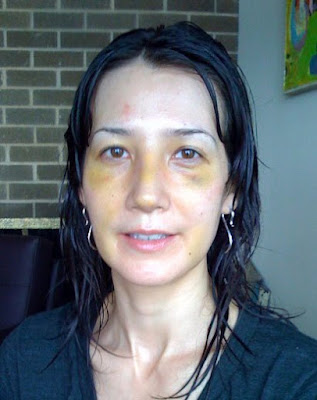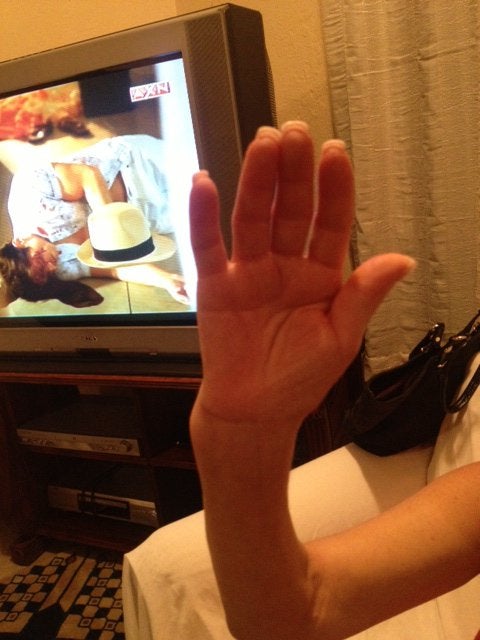Swelling From Cast Removal

There are actually two major reasons why stiffness after case surgery seems to linger a long time. First there is the joint itself. In order to get this type of swelling under control, the cast needs to be taken off right away and the patient should get plenty of rest and fluids. When injured, the repair process can be delayed and damaged muscle groups may shorten.
As with any cast-removal process, when the cast is removed from the joint, the soft tissue surrounding it is usually inflamed. This is especially the case with athletes, especially those who engage in sports activities. When these muscles are inflamed, they will not be able to properly recover and heal after the cast removal.
Another reason that swelling may linger long after an after-cast procedure is due to the fact that there are no anti-inflammatory drugs used during the procedure. Because the body cannot fight against the inflammation, it will just keep building up. These drugs are usually used by doctors who want to speed up the recovery process after a major surgery. However, they do not work in the case of a casted joint.
If you have been diagnosed with arthritis in your joint, you need to make sure that you continue to take care of yourself. After cast removal, it is important that you keep away from too much activity and to also make sure that you use your joint to its full potential. The first sign of an inflammation is pain in the joint. This will continue for at least a couple of days but can go away with proper treatment. Once the inflammation has started, you will need to treat it by drinking lots of liquids, eating foods rich in antioxidants, and performing activities which do not cause injury.
Soreness from swelling after surgery can also be caused by poor post-operation care. The swelling will be very thick after surgery and can be uncomfortable. Therefore, do not neglect to treat any symptoms that come with the swelling. It is also very important to keep yourself hydrated by drinking lots of water and taking in plenty of liquids.

The first sign that someone may be experiencing swelling from cast removal is when the wound appears very red and sore
In many cases, these symptoms appear only after the cast has been removed. However, these redness and soreness will continue after the cast is removed.
After-cast operation is often very painful and may cause some bleeding. The reason for the pain stems from the fact that blood is being drained out of the joint into the area where the mast is being removed. This means that the skin surrounding the wound will begin to heal, leaving the area in need of additional pain medication. If the skin is damaged, it will be harder to heal than it would without the cast. This is why it is very important to always keep the area around the wound clean and dry.
After-cast surgery can also be uncomfortable, which may not last. Some people experience pain when using the restroom, sleeping, walking, or doing general activities. These symptoms are actually normal after a cast removal. They are also temporary, as most swelling goes away within a few days.
After-cast removal can be very painful as well. The pressure on the area from the cast may cause pain, but the pain can also be caused by the surrounding skin, which is healing and may be irritated by the cast itself.
There are many different methods used for treating swelling from cast removal, such as ice packs and ointments. Ice packs can be very helpful because they can help reduce inflammation. They can also make the skin easier to heal. and allow for more rapid healing.
You should always try to avoid strenuous activity immediately following cast removal. You should also stay off your feet and knees for a while. You should drink lots of fluids to keep your skin hydrated. and to keep the area around the wound moist.